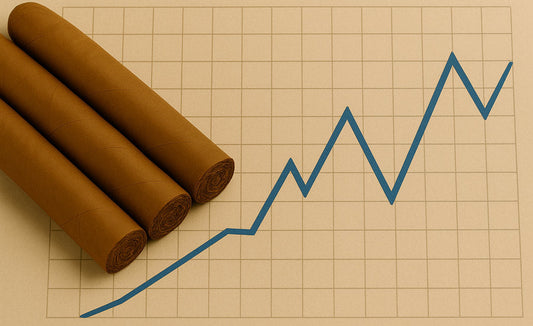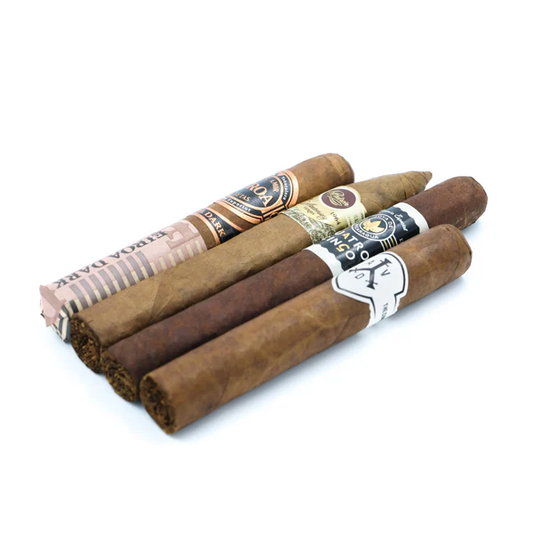Renegade Cigars Blog
Renegade XV RSVP
Thank you for purchasing the Renegade XV Anniversary Cigar and for being part of our 15-year celebration! Your support truly means the world to me. We’re thrilled to celebrate with...
Thank you for purchasing the Renegade XV Anniversary Cigar and for being part of our 15-year celebration! Your support truly means the world to me. We’re thrilled to celebrate with...
Davidoff Cigars Review: Which Cigar is Right Fo...

At Renegade Cigars, we don’t just stock Davidoff — we smoke them, study them, and stand behind them. Inside one of the region’s best-kept humidors, you’ll find an extensive selection...
At Renegade Cigars, we don’t just stock Davidoff — we smoke them, study them, and stand behind them. Inside one of the region’s best-kept humidors, you’ll find an extensive selection...
Rocky Patel Cigars Review: Expert Takes from Re...

Renegade Cigars carries a wide selection of Rocky Patel cigars, all stored in optimal conditions. We’ve taken the time to smoke through those offerings ourselves. This article is an honest,...
Renegade Cigars carries a wide selection of Rocky Patel cigars, all stored in optimal conditions. We’ve taken the time to smoke through those offerings ourselves. This article is an honest,...
Cigar Industry Stats: Sales, Imports & Consumer...

[Sales & Revenue] | [Usage Trends] | [Production Insights] | [User Demographics] | [Buying Habits] | [Taxation Policies] | [Market Outlook] The cigar industry is undergoing major shifts, driven by...
[Sales & Revenue] | [Usage Trends] | [Production Insights] | [User Demographics] | [Buying Habits] | [Taxation Policies] | [Market Outlook] The cigar industry is undergoing major shifts, driven by...
How to Prep a Cigar

Prepping a cigar isn’t about following some overly complicated ritual—it’s about giving your cigar the respect it deserves, so that when you light up, the smoke is smooth, the aroma...
Prepping a cigar isn’t about following some overly complicated ritual—it’s about giving your cigar the respect it deserves, so that when you light up, the smoke is smooth, the aroma...
Best Cigar Brands for Every Smoker

A great cigar is more than the sum of its parts. Premium cigars represent the height of craftsmanship, where every flavor note, draw, and ash line reflects years of experience,...
A great cigar is more than the sum of its parts. Premium cigars represent the height of craftsmanship, where every flavor note, draw, and ash line reflects years of experience,...
